Home>Dining>Tableware>What Type Of China Place Settings Do I Have
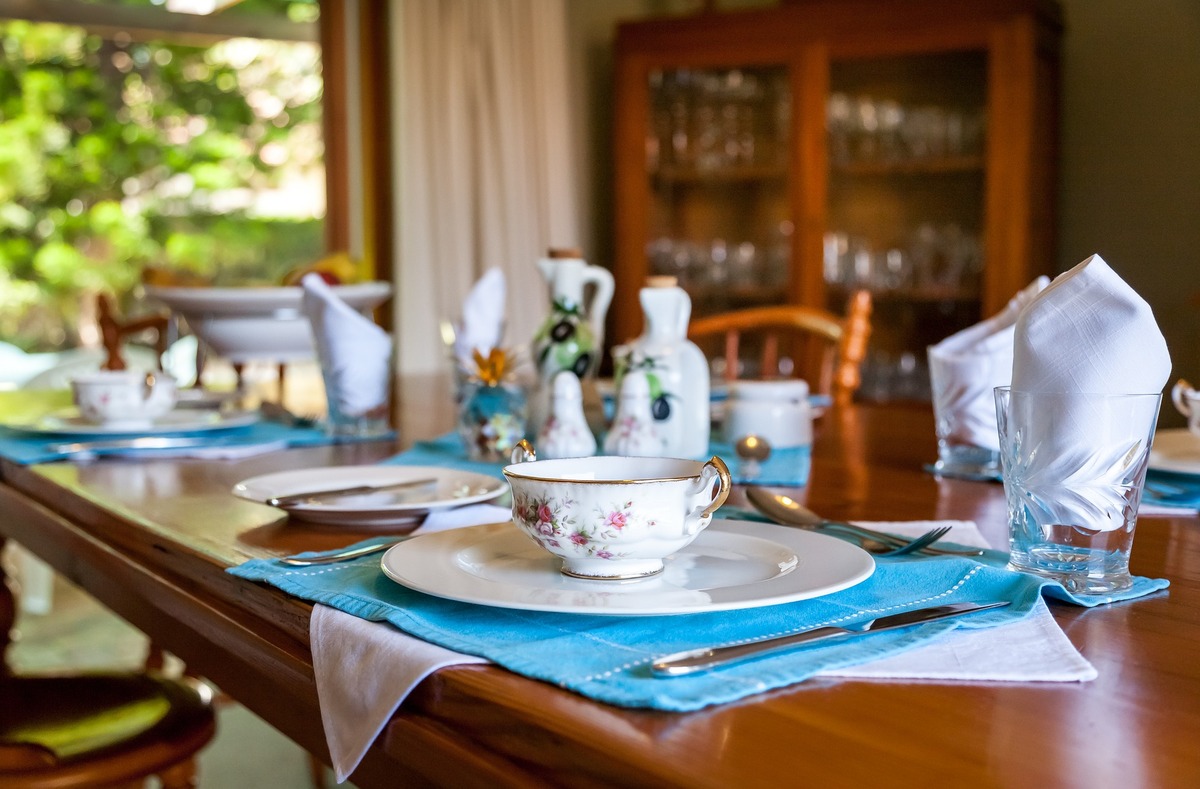

Tableware
What Type Of China Place Settings Do I Have
Modified: August 28, 2024
Discover the different types of tableware in your China place settings. Identify and learn about the unique features of your dining essentials.
(Many of the links in this article redirect to a specific reviewed product. Your purchase of these products through affiliate links helps to generate commission for Storables.com, at no extra cost. Learn more)
Introduction
Welcome to the world of tableware, where the art of dining is elevated to new heights. Whether you are hosting a formal dinner party, a casual gathering with friends, or simply enjoying a meal with your family, the type of china place settings you use can set the tone for the entire dining experience. From elegant and delicate bone china to sturdy and rustic stoneware, there is a wide variety of options available to suit every taste and occasion.
In this article, we will explore the different types of china place settings and how to identify them. We will also discuss the various types of place settings, from formal to casual, and special occasion settings that add an extra touch of sophistication to your dining table.
So, whether you’re a seasoned entertainer or new to the world of tableware, let’s dive in and discover the ins and outs of china place settings!
Key Takeaways:
- Elevate your dining experience by choosing the perfect china place setting, whether it’s the delicate beauty of bone china, the timeless elegance of porcelain, the rustic charm of stoneware, or the traditional appeal of earthenware.
- From formal opulence to casual versatility, and special occasion flair, the right china place setting adds elegance, style, and personality to your table, enhancing the enjoyment of every meal shared with loved ones.
Identifying China Place Settings
When it comes to identifying china place settings, there are a few key factors to consider. These factors include the materials used, the craftsmanship, and the overall design of the pieces. By examining these elements, you can determine the type of china you have and its suitability for different dining occasions.
One common type of china is bone china, which is known for its delicate and translucent appearance. It is made from a combination of bone ash, kaolin, and feldspar. Bone china is highly prized for its exquisite design and superior quality. It is often adorned with intricate patterns and can be quite thin and lightweight.
Another popular type of china is porcelain, which is characterized by its smooth and glass-like surface. Porcelain china is made from a mixture of kaolin clay and a mineral called petuntse, which gives it its distinctive strength and durability. Porcelain china is usually white or off-white in color and can feature delicate patterns or hand-painted designs.
Stoneware china, on the other hand, is a more robust and sturdy option. It is made from a combination of clay and other minerals, which are fired at high temperatures to create a dense and durable material. Stoneware china is known for its earthy and rustic aesthetic, often featuring textured surfaces and rich colors.
Lastly, earthenware china is the most traditional and oldest type of pottery. It is made from terracotta clay, which is porous and has a reddish-brown color. Earthenware china is less durable than other types of china and is often used for decorative purposes rather than everyday dining.
By examining the material, craftsmanship, and design of your china place settings, you can determine the type of china you have and its suitability for different dining occasions. Whether you prefer the delicate elegance of bone china, the timeless beauty of porcelain, the rustic charm of stoneware, or the traditional appeal of earthenware, each type of china has its own unique qualities that add character and sophistication to your table.
Bone China
When it comes to sophistication and elegance, bone china takes the crown. Considered the finest and most delicate type of china, bone china is highly prized for its translucent appearance and exquisite craftsmanship.
Bone china gets its name from the inclusion of bone ash in its composition. This ash, derived from animal bones, is mixed with clay and other minerals like kaolin and feldspar. The addition of bone ash gives the china its distinctive characteristics, including its lightness, strength, and translucency.
One of the defining features of bone china is its thinness. The delicate nature of bone china adds to its beauty and elegance. The thin and translucent quality allows light to pass through the china, giving it a unique glow on the dining table.
Another remarkable aspect of bone china is its strength. Despite its delicate appearance, bone china is surprisingly durable. It is more resistant to chipping and breakage compared to other types of china. This durability makes bone china suitable for both everyday use and special occasions.
The craftsmanship involved in creating bone china is exceptional. Skilled artisans meticulously shape and mold the china, often incorporating intricate designs and patterns. Many bone china pieces feature hand-painted details, such as delicate floral motifs, gold accents, or intricate geometrical patterns. These artistic touches add a touch of luxury and sophistication to the table setting.
When it comes to caring for bone china, it is essential to handle it with care. Due to its delicate nature, bone china should be hand-washed using mild dish soap and warm water. It is also recommended to avoid placing bone china in the dishwasher or using abrasive cleaning tools to prevent damage.
Whether you’re hosting a formal dinner party, setting a beautiful table for a special occasion, or simply enjoying an elegant meal with loved ones, bone china is the perfect choice. Its delicate beauty, durability, and craftsmanship make it a timeless and cherished addition to any table.
Porcelain China
When it comes to elegance and timeless beauty, porcelain china reigns supreme. Renowned for its smooth, glass-like surface and delicate designs, porcelain china has long been a favorite choice for formal dining occasions.
Porcelain is made from a combination of kaolin clay and a mineral called petuntse. This unique blend creates a dense and durable material that is both delicate and strong. The high firing temperatures during the manufacturing process give porcelain its characteristic smooth and shiny finish.
One of the defining features of porcelain china is its pure white or off-white color. This pristine hue provides a blank canvas for intricate patterns, hand-painted designs, and gilded accents. From delicate floral motifs to elaborate geometric patterns, porcelain china offers a wide range of designs to suit different tastes and styles.
Porcelain is highly regarded for its translucency, albeit less so than bone china. When held up to the light, porcelain exhibits a slight glow, creating a captivating visual effect on the dining table. This subtle luminosity adds a touch of elegance and sophistication to any occasion.
In addition to its aesthetic appeal, porcelain china is renowned for its durability. The dense composition of porcelain makes it resistant to chipping and breaking, allowing it to withstand daily use and retain its exquisite beauty for years to come. However, it is still important to handle porcelain china with care and avoid subjecting it to extreme temperature changes.
Caring for porcelain china is relatively simple. It is best to hand-wash porcelain pieces using mild dish soap and warm water. Avoid using abrasive scrubbers or harsh cleaning agents that could damage the delicate surface. Additionally, storing porcelain in a padded or lined cabinet can help protect it from accidental bumps or scratches.
Whether you’re hosting a formal dinner party, setting an exquisite table for a special occasion, or simply indulging in a luxurious dining experience, porcelain china is the perfect choice. Its smooth surface, delicate designs, and timeless elegance make it a cherished and breathtaking addition to any table setting.
Stoneware China
For those seeking a more rustic and earthy aesthetic, stoneware china is the perfect choice. Known for its sturdy and durable nature, stoneware brings a touch of warmth and charm to the dining table.
Stoneware china is made from a combination of clay and other minerals, which are fired at higher temperatures than other types of china. This firing process results in a dense and durable material that is less porous than earthenware, making it suitable for everyday use.
One of the distinctive features of stoneware china is its textured surface. The rough and tactile feel adds to its rustic appeal and gives each piece a unique character. The surface of stoneware china can be smooth or have ribbed or raised patterns, adding depth and visual interest to the tableware.
When it comes to colors, stoneware china offers a wide range of options. From earthy tones like brown and beige to vibrant shades like blue and green, stoneware allows for endless creativity in table settings. The natural color variations and the subtle imperfections of the glaze contribute to the organic and rustic feel of stoneware china.
In terms of durability, stoneware china is built to last. Its dense composition makes it resistant to chipping and breaking, making it suitable for daily use and even outdoor dining. It is also microwave and dishwasher safe, adding convenience to its appeal.
Caring for stoneware china is relatively straightforward. It can be placed in the dishwasher, making it a convenient option for busy households. However, to preserve its appearance and longevity, it is advisable to avoid sudden temperature changes and to avoid using metal utensils that can leave scratches on the surface.
Whether you’re hosting a casual get-together, a cozy family dinner, or a rustic-themed event, stoneware china adds a touch of warmth and character to your dining table. Its sturdy construction, textured surface, and rich color options make it a versatile and charming choice for any occasion.
Read more: What Type Of Roof Do I Have
Earthenware China
Earthenware china is the oldest and most traditional type of pottery, dating back centuries. Known for its warm, rustic charm, earthenware adds a touch of heritage and authenticity to any dining experience.
Earthenware is made from terracotta clay, which gives it its distinctive reddish-brown color. The clay used in earthenware is porous, which contributes to its more delicate and less durable nature compared to other types of china.
One of the defining characteristics of earthenware china is its rustic appearance. The natural reddish-brown color of the clay adds a warm and earthy touch to the table setting. The surface of earthenware can have a slightly rough texture, giving it a handmade and artisanal feel.
Earthenware china is often used for decorative purposes rather than everyday dining due to its porous nature. However, it can still be used for serving food and beverages with some considerations. It is important to note that acidic foods and liquids, such as citrus juices or vinegar-based dressings, can cause the clay to absorb flavors and odors. To prevent this, it is advisable to use a protective glaze or liner when serving such foods.
When it comes to caring for earthenware china, hand-washing is recommended to avoid the risk of damage in the dishwasher. Use warm water and a gentle dish soap to clean the pieces, being careful not to scrub too harshly. After washing, allow the earthenware to air-dry completely before storing to prevent the growth of molds or bacteria.
Despite its fragility, earthenware china holds a special place in the world of tableware. Its rustic charm, unique character, and connection to tradition make it a popular choice for those seeking a more laid-back and nostalgic dining experience.
Types of China Place Settings
China place settings come in a variety of styles to suit different dining occasions and personal preferences. Whether you’re hosting a formal dinner party, enjoying a casual meal with friends, or celebrating a special occasion, choosing the right type of place setting can elevate the entire dining experience. Let’s explore some of the most common types of china place settings.
Formal Place Settings
Formal place settings are typically used for elegant and sophisticated occasions. They often include a wide range of pieces, each carefully arranged to create a visually striking and well-coordinated table setting. A formal place setting generally consists of a dinner plate, salad plate, bread and butter plate, soup bowl, and a variety of specialized pieces such as a cup and saucer, dessert plate, and charger plate. The design of formal china place settings is often intricate and ornate, featuring fine details, delicate patterns, and sometimes even gold or silver accents.
Casual Place Settings
Casual place settings are more relaxed and suited for everyday dining or informal gatherings. They typically include essential pieces for a meal, but with a less elaborate arrangement compared to formal settings. A typical casual place setting consists of a dinner plate, salad plate or bowl, and a mug or cup. The design of casual china place settings is often simpler and more versatile, with a focus on durability and practicality. Patterns and colors can range from subtle and understated to bold and vibrant, depending on personal preference.
Read more: What Type Of HVAC System Do I Have
Special Occasion Place Settings
Special occasion place settings are designed to add an extra touch of elegance and sophistication to celebratory events. These settings often share similarities with formal place settings but may include additional specialized pieces specific to the occasion. For example, a special occasion place setting for a holiday dinner may include special plates for desserts or a festive charger plate. The design of special occasion china place settings can vary depending on the theme or significance of the event, incorporating seasonal motifs, symbolic elements, or custom patterns.
When selecting a china place setting, consider the formality of the event, your personal style, and the practicality of the pieces. Choose a setting that reflects your taste and complements the overall décor and ambiance of the dining space. Whether it’s a formal gathering, a casual meal, or a special occasion, the right china place setting adds a touch of refinement and elegance to every moment around the table.
Look for the manufacturer’s mark on the bottom of the pieces to identify the type of china place settings you have. This mark can provide valuable information about the pattern, age, and origin of the china.
Formal Place Settings
Formal place settings are the epitome of elegance and are reserved for special occasions and formal dining events. These place settings are carefully arranged and consist of a wide array of pieces to create a visually stunning and well-coordinated table setting. Let’s take a closer look at what constitutes a formal place setting.
A formal place setting typically begins with a charger plate, which serves as the base for the other dishes. The charger plate is then followed by the dinner plate, which is placed directly on top of it. The size of the dinner plate may vary, but it is usually the largest plate in the setting.
Next in line is the salad plate or bowl, which is placed on top of the dinner plate. It is followed by the bread and butter plate, which is typically smaller and placed above the forks. The bread and butter plate is used for holding a roll or a slice of bread.
Moving towards the center of the setting, there is a soup bowl, which can be placed directly on top of the dinner plate or to the right of the charger plate. This placement depends on the specific etiquette or personal preference. The soup spoon is usually placed to the right of the soup bowl.
On the right side of the place setting, you will find the knives. The dinner knife is placed to the right of the plate, with the cutting edge facing inward. To the right of the dinner knife, the fish knife can be included if the course calls for it. If there is a butter knife, it is usually placed horizontally on the bread and butter plate.
On the left side of the place setting, the forks are arranged. The dinner fork is placed to the left of the dinner plate, while the salad fork is placed to the left of the dinner fork. If a seafood course is being served, a seafood fork could be placed to the left of the salad fork.
A formal place setting also includes glassware. The water glass is typically placed directly above the dinner knife, while the wine and champagne glasses are positioned to the right of the water glass.
Additionally, a formal place setting can include specialized pieces such as a cup and saucer for coffee or tea, a dessert plate for sweets, and various serving utensils for each course. These pieces add an extra touch of sophistication and completeness to the formal table setting.
When it comes to formal china place settings, the design and patterns tend to be intricate and ornate. Fine details, delicate patterns, and sometimes even gold or silver accents are commonly found on formal china pieces.
Formal place settings create a sense of grandeur and luxury, perfect for formal dining events and special occasions. The attention to detail and intentional arrangement of each piece make formal place settings a visual delight that complements the overall elegance of the dining experience.
Casual Place Settings
When it comes to casual dining or everyday meals, a more relaxed and practical place setting is appropriate. Casual place settings are designed to be versatile, durable, and suitable for informal gatherings with friends and family. Let’s explore what constitutes a typical casual place setting.
A casual place setting is less complex and formal compared to its formal counterpart. It usually starts with a dinner plate, which serves as the main dish holder. The size of the dinner plate can vary based on personal preference and the type of meal being served.
Next in line is the salad plate or bowl, positioned to the left of the dinner plate. This smaller plate or bowl is used for serving salads, appetizers, or side dishes. It provides flexibility for the meal setup and offers a separate space for additional food items.
Utensils for a casual place setting are typically placed to the right and left of the dinner plate. On the right side, you would find the dinner knife, with the cutting edge facing towards the plate. To the left of the dinner plate, the dinner fork is placed, followed by the salad fork if required.
For casual place settings, glassware is kept minimal but functional. A water glass is usually placed above the knife on the right side of the setting. Depending on the preference, additional glassware like wine or soda glasses can be included.
Casual place settings may also include a napkin, which can be placed to the left of the forks or creatively folded on the dinner plate. The napkin adds a practical touch and is often folded in a simple manner for informal settings.
As for the style and design of casual china, there is more flexibility in terms of patterns, colors, and materials. Casual place settings can be made of porcelain, stoneware, or earthenware. The patterns and designs can range from subtle and minimalist to bold and vibrant, allowing for personal expression and creativity.
Caring for casual place settings is usually less demanding. Many casual china pieces are dishwasher safe, making cleanup easier and less time-consuming. However, it’s still important to handle the pieces with care and avoid extreme temperature changes to preserve their longevity.
Overall, casual place settings offer a more relaxed and approachable dining experience. They provide the flexibility to adapt to different meals and allow for a more comfortable and laid-back atmosphere while still enhancing the visual appeal of the table.
Special Occasion Place Settings
Special occasions call for an extra touch of elegance and sophistication when it comes to table settings. Special occasion place settings are designed to enhance the celebratory atmosphere and create a memorable dining experience. Let’s explore what constitutes a typical special occasion place setting.
Special occasion place settings often start with a charger plate, which serves as the foundation for the rest of the dishes. Charger plates are typically larger and more decorative compared to regular dinner plates. They add a pop of style and elegance to the table setting.
Next in line is the dinner plate, placed directly on top of the charger plate. The size of the dinner plate can vary, depending on personal preference and the occasion. The dinner plate acts as the main dish holder and provides a backdrop for the food presentation.
Special occasion place settings may also include additional specialized plates, such as dessert plates or salad plates. These plates are typically smaller in size and can feature unique designs or patterns that complement the theme of the occasion.
Moving towards the center of the setting, the silverware or flatware is placed. This includes a dinner fork, dinner knife, and dinner spoon. The design and style of the silverware can reflect the formality and theme of the occasion. Silver-plated or gold-plated flatware adds a luxurious touch to the table setting.
Glassware for special occasion place settings may include a water glass, wine glasses, and/or champagne flutes. The type and number of glasses depend on the beverages being served and the preferences of the host. Crystal glasses can add an extra sparkle and elegance to the table.
Special occasion place settings also offer an opportunity to incorporate unique and decorative elements. This can include specialty napkin rings, place card holders, or other decorative accents that tie in with the theme or significance of the occasion. These small details contribute to a cohesive and visually appealing table arrangement.
The design and style of the china used for special occasion place settings can vary greatly, depending on the occasion. Some may opt for classic and traditional designs, while others may choose more modern or thematic patterns. It’s important to select china that complements the overall aesthetic and ambiance of the event.
When it comes to caring for special occasion place settings, following the manufacturer’s instructions is vital. Some pieces may require gentle hand-washing, while others may be safe to use in the dishwasher. Proper care and storage after use will help preserve the beauty and longevity of the china.
Special occasion place settings add an element of grandeur and enchantment to milestones, celebrations, and significant events. They create a sense of occasion and leave a lasting impression on guests, making the dining experience truly extraordinary.
Read more: What Type Of Door Lock Do I Have
Conclusion
Choosing the right type of china place settings can greatly enhance your dining experience, whether it’s an intimate gathering or a grand celebration. From the delicate beauty of bone china to the rustic charm of stoneware, each type of china offers its own unique qualities and aesthetics. By understanding and identifying the different types of china, you can select the perfect set that suits your personal style and the occasion at hand.
Formal place settings are reserved for elegant and sophisticated events, featuring intricate designs and a wide array of specialized pieces. They create a sense of luxury and opulence, turning any meal into a regal affair. Casual place settings, on the other hand, embody a more relaxed and versatile approach suitable for everyday use or casual get-togethers. They prioritize practicality and durability without sacrificing style.
For special occasions, special occasion place settings add an extra touch of elegance and flair. These settings often incorporate unique plates, decorative elements, and specialized utensils that match the theme or significance of the event. They create a setting that is visually captivating and sets the stage for unforgettable moments.
Regardless of the type of china place setting you choose, proper care and maintenance are imperative to preserve their beauty and longevity. Understanding the specific care instructions for each type of china and handling them with care will ensure that they remain exquisite for years to come.
Ultimately, the right china place settings can elevate your dining experience and make every meal a truly special occasion. Whether you opt for the delicate refinement of bone china, the timeless beauty of porcelain, the rustic charm of stoneware, or the traditional appeal of earthenware, the right choice will add elegance, style, and personality to your table, enhancing the enjoyment of every meal shared with loved ones.
Frequently Asked Questions about What Type Of China Place Settings Do I Have
Was this page helpful?
At Storables.com, we guarantee accurate and reliable information. Our content, validated by Expert Board Contributors, is crafted following stringent Editorial Policies. We're committed to providing you with well-researched, expert-backed insights for all your informational needs.

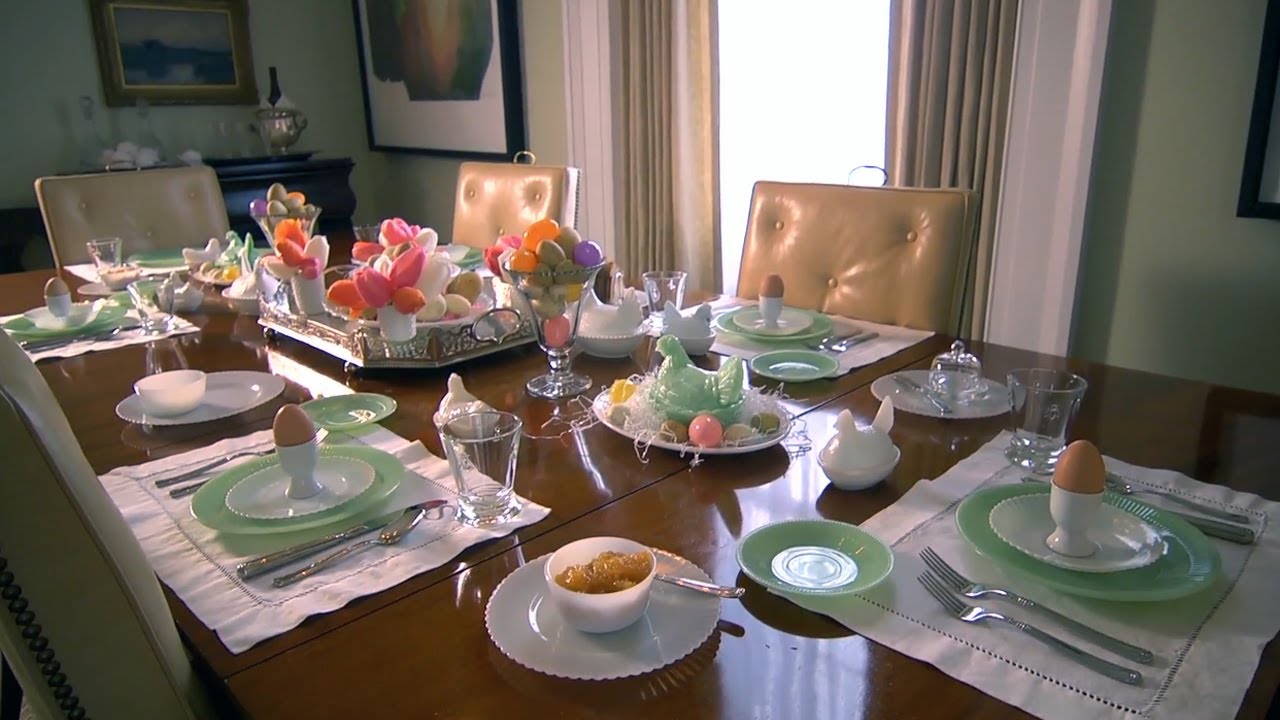

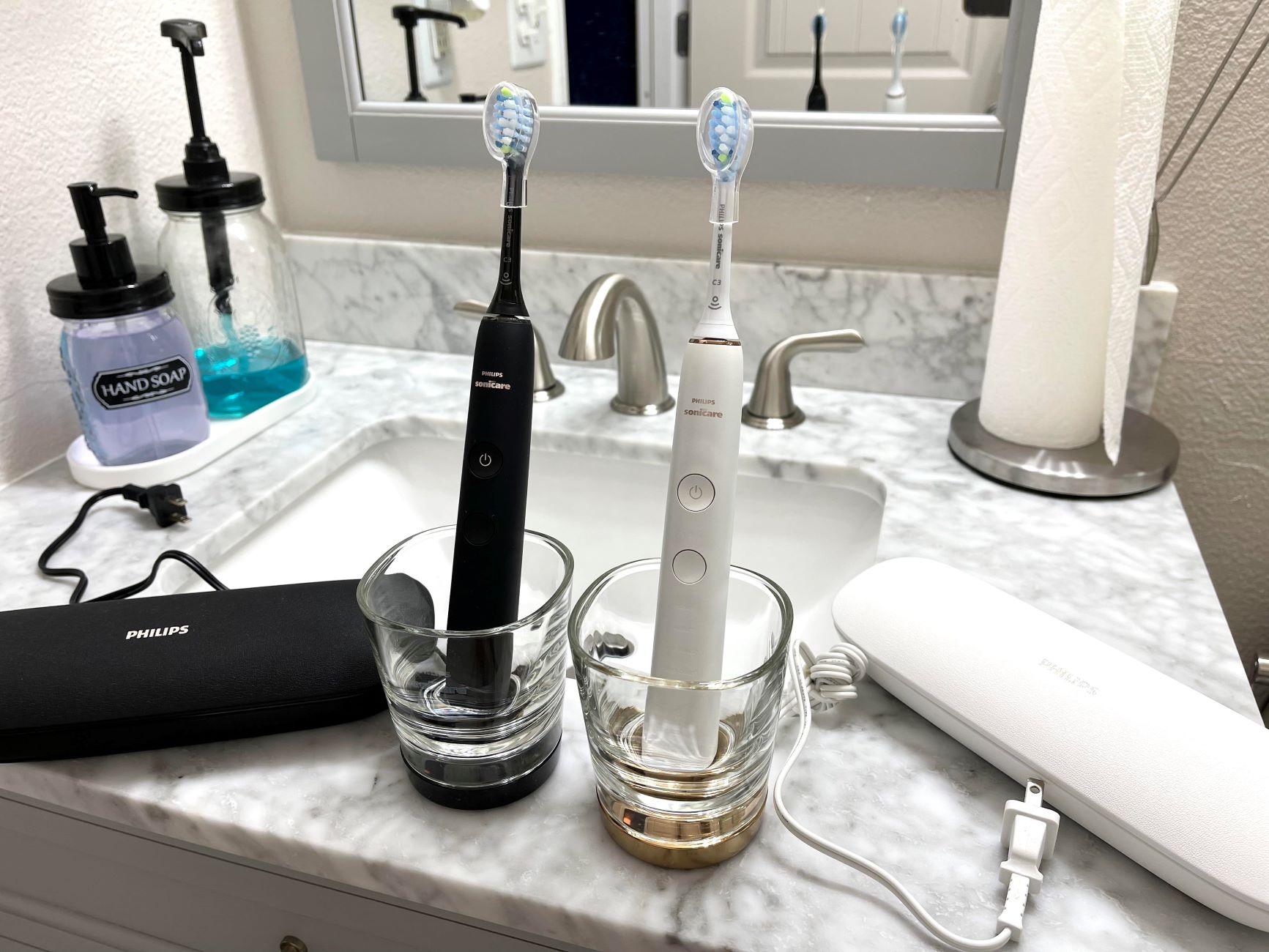
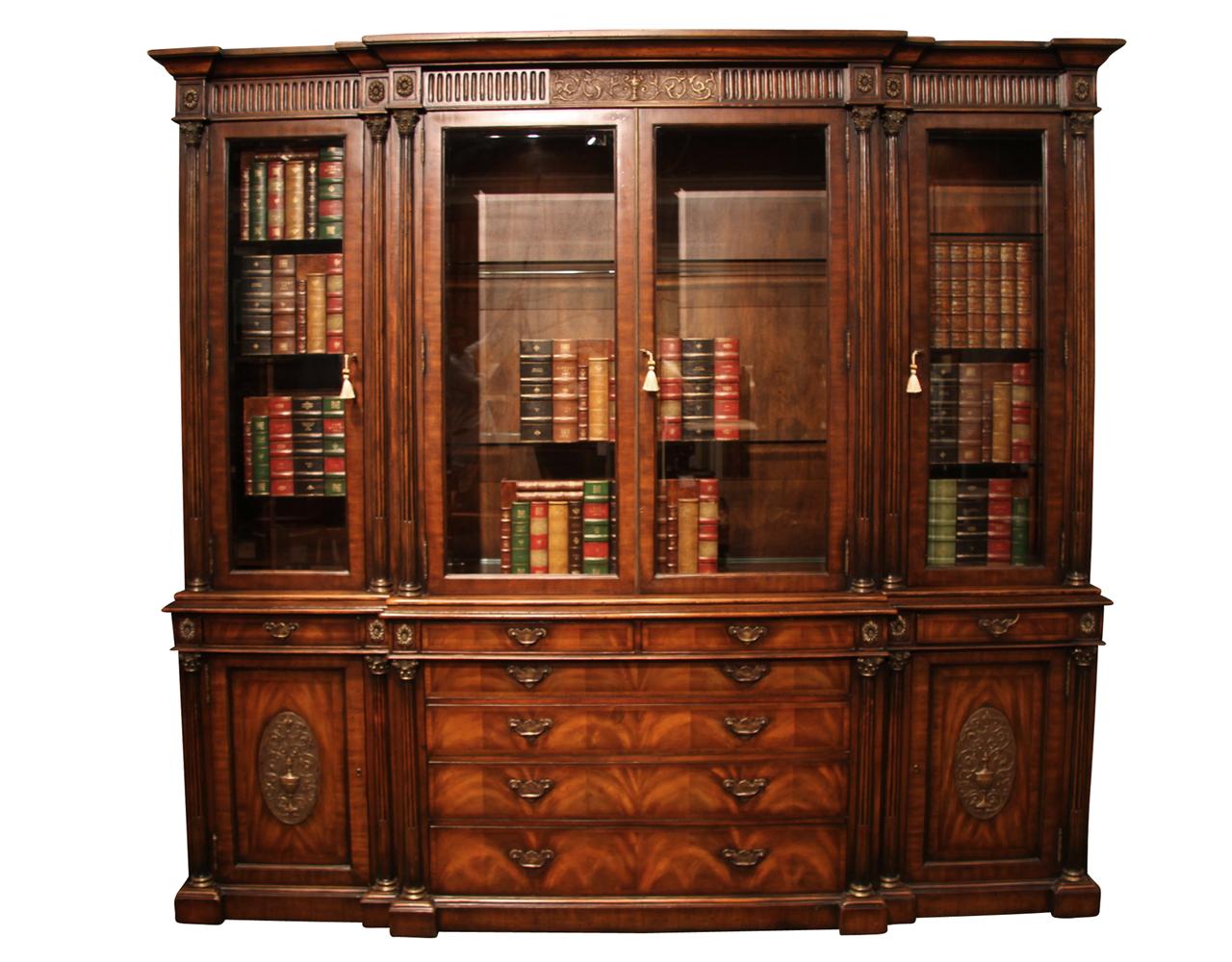
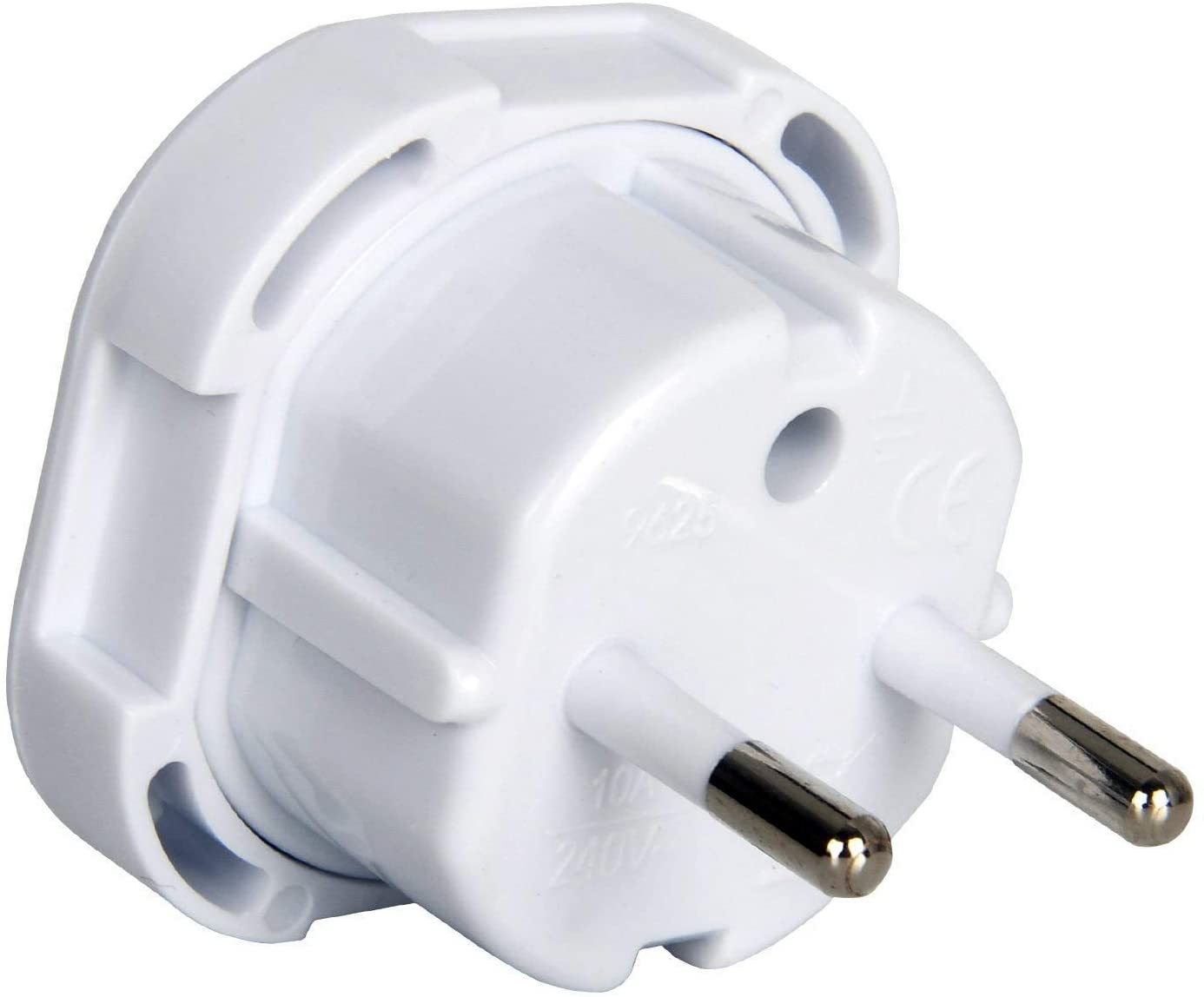
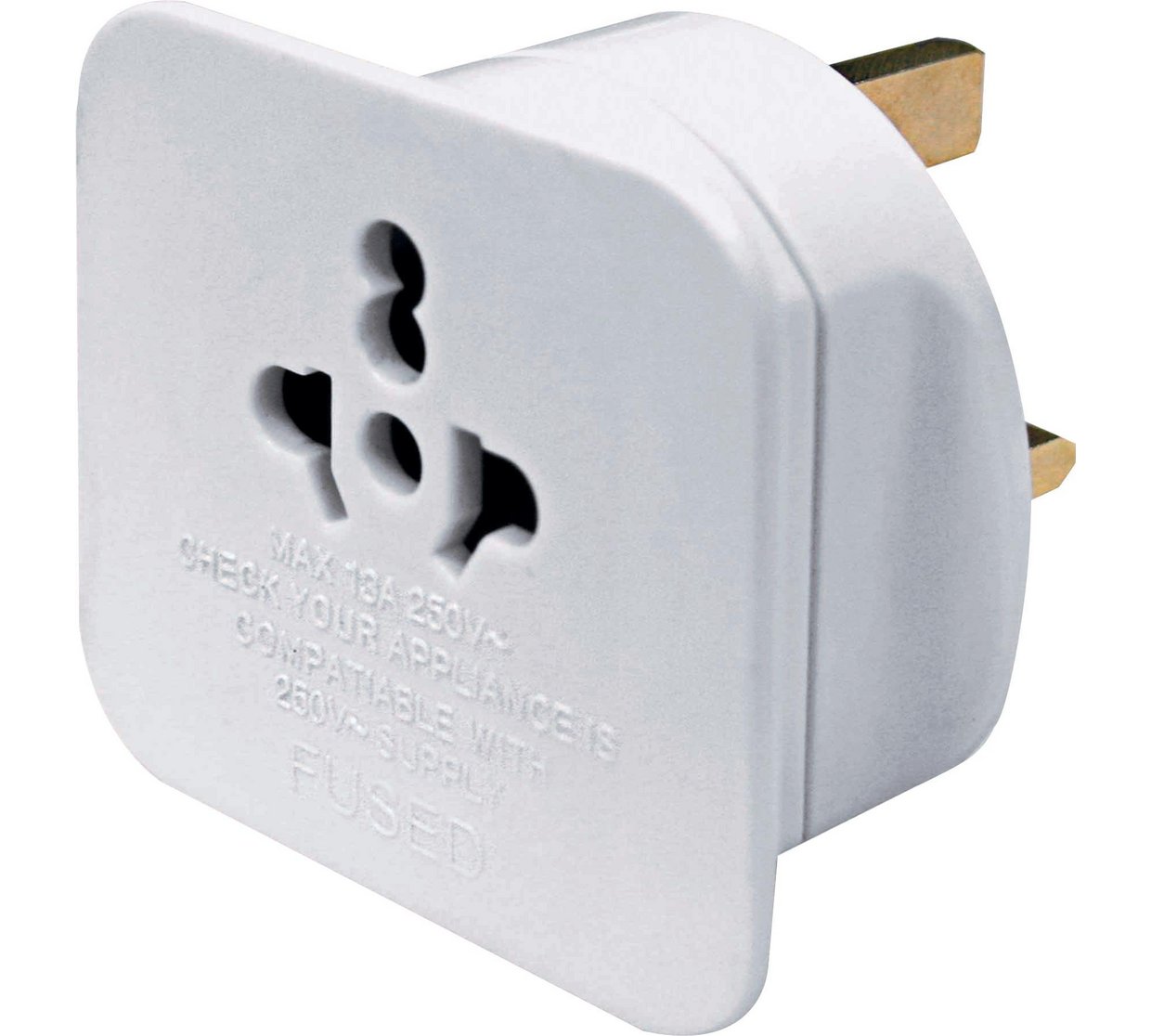
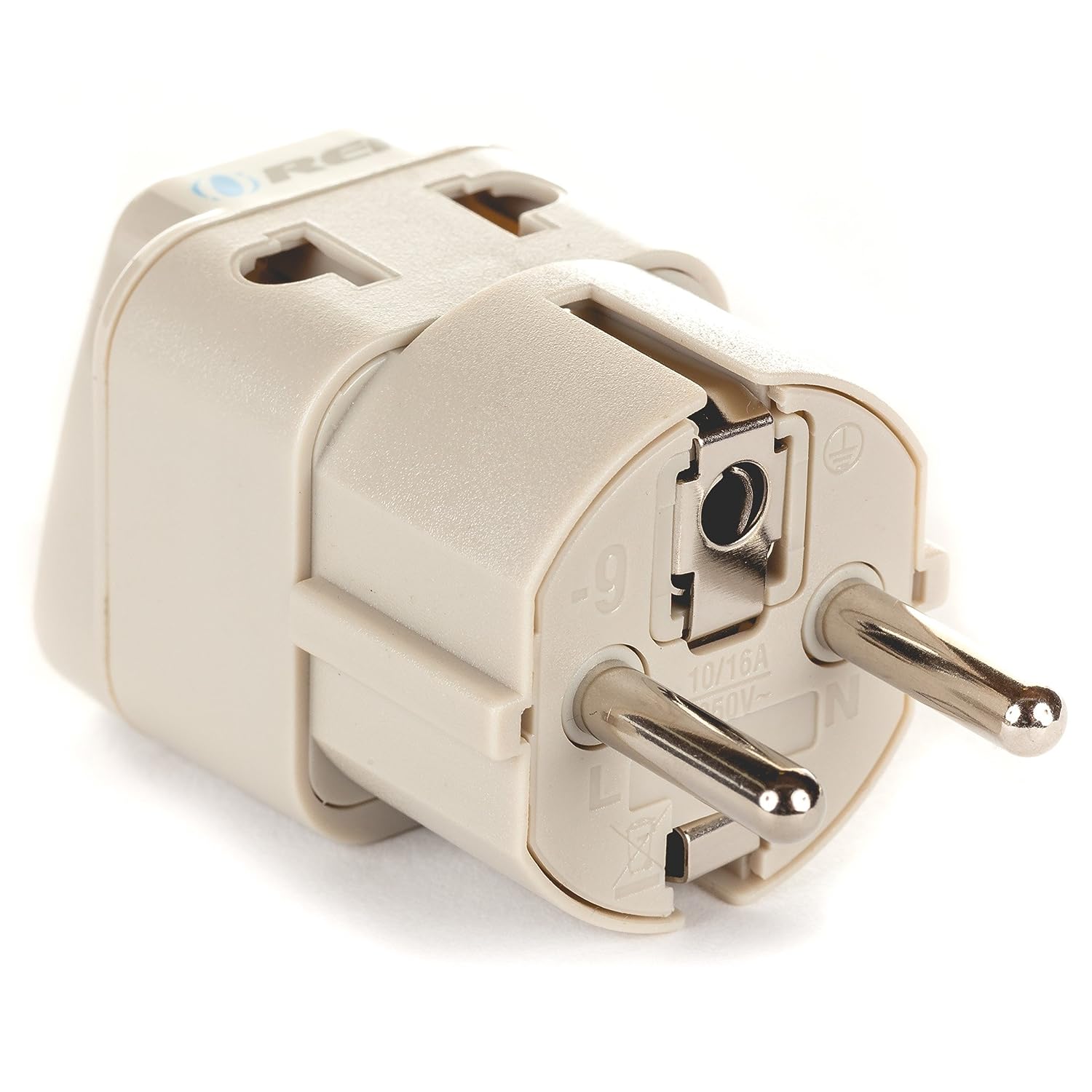
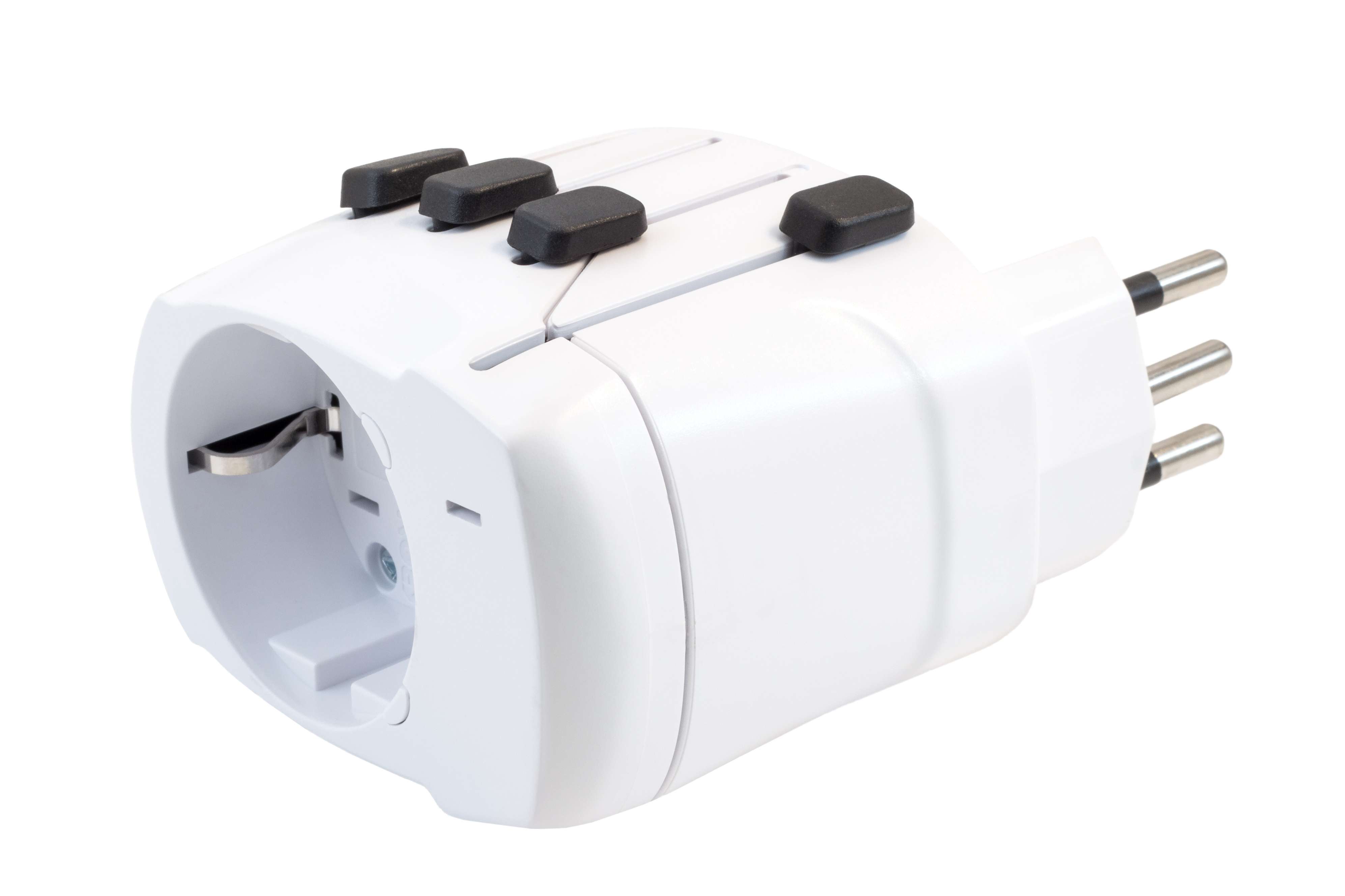
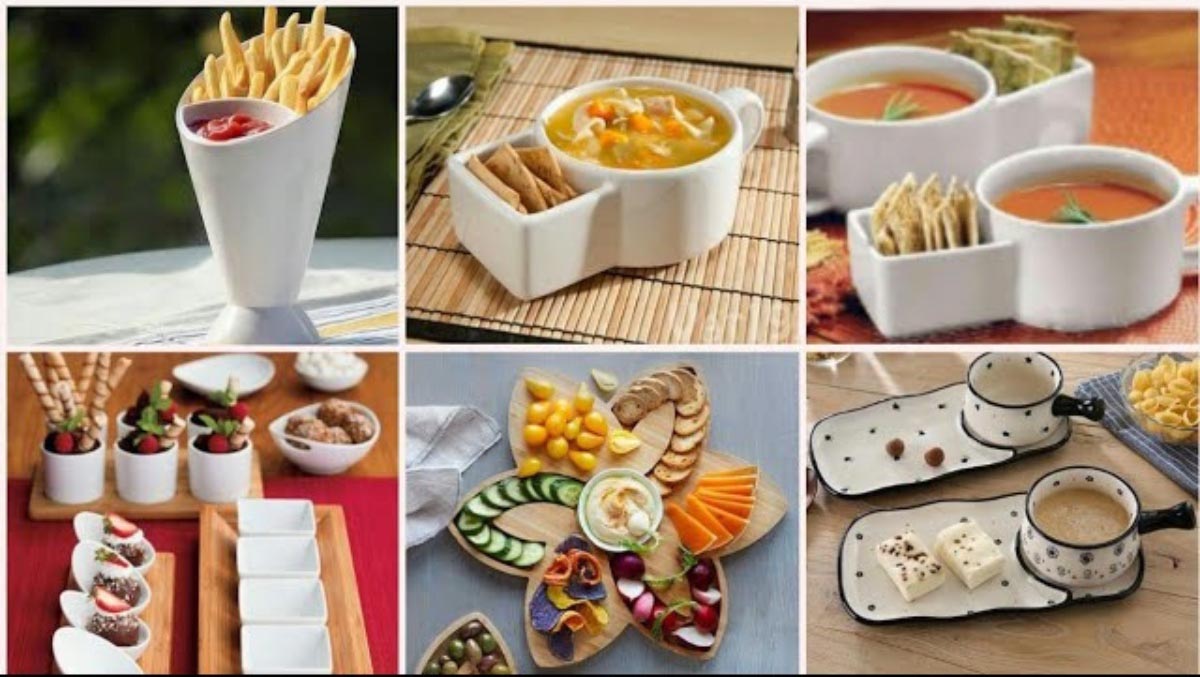
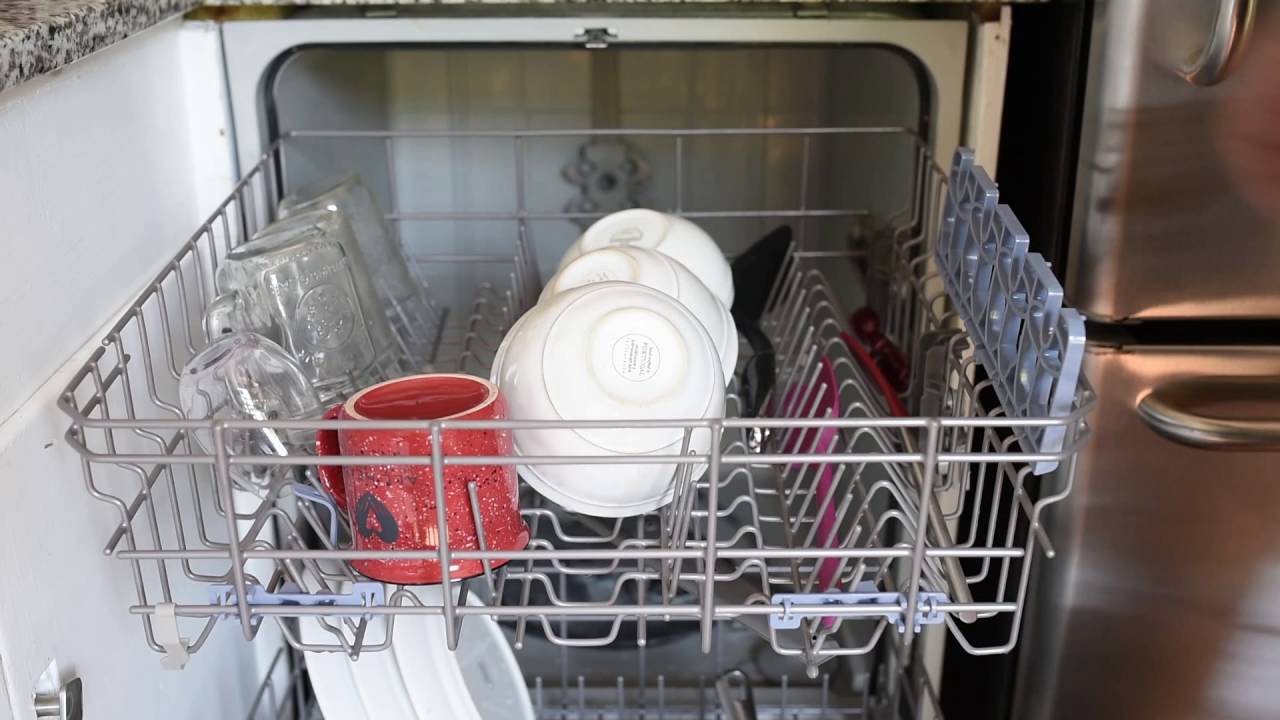
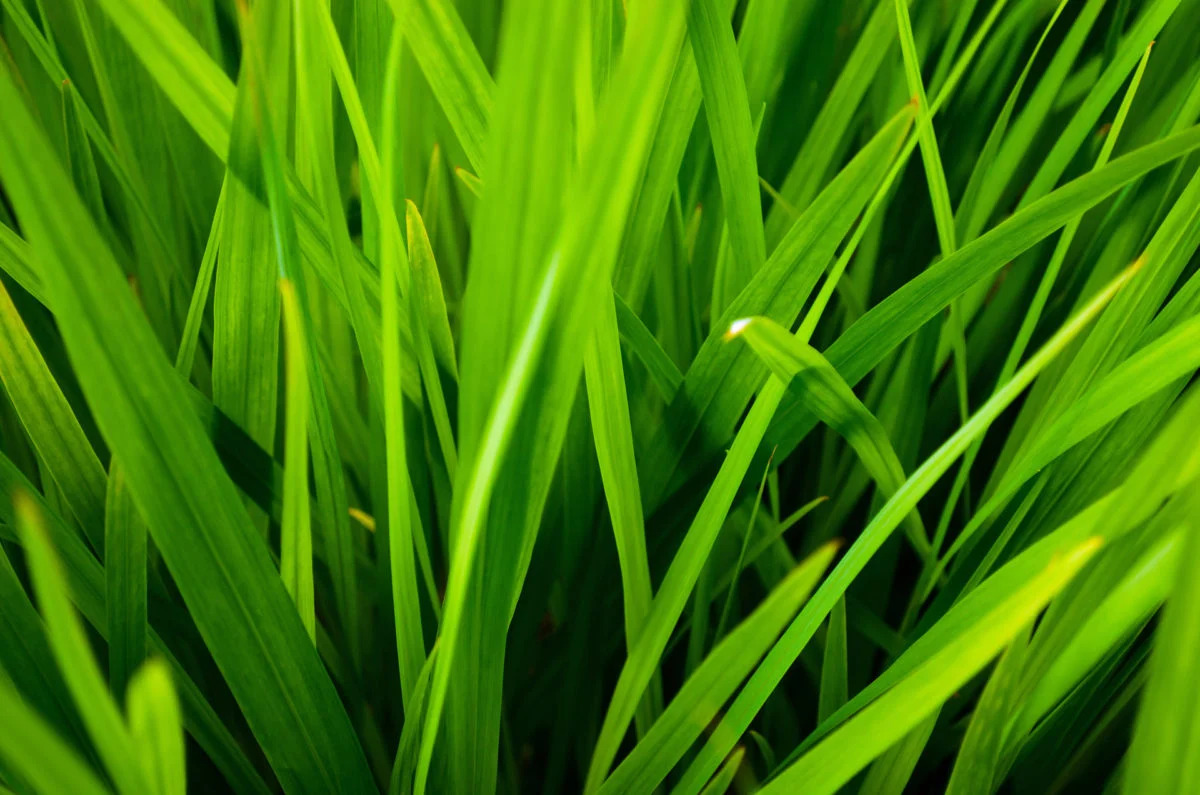

0 thoughts on “What Type Of China Place Settings Do I Have”